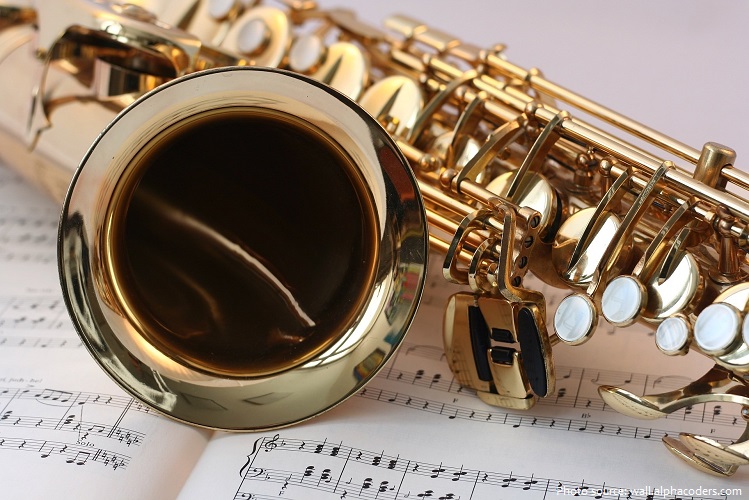
The saxophone referred to colloquially as the sax is a family of woodwind instruments usually made of brass.
It is played with a single-reed mouthpiece.
They are considered woodwinds because they use a reed and not a brass mouthpiece.
Although most saxophones are made from brass, they are categorized as woodwind instruments, because they use a reed and not a brass mouthpiece.

As with the other woodwind instruments, the pitch of the note being played is controlled by covering holes in the body tube to control the resonant frequency of the air column by changing the effective length of the tube. The player covers or uncovers the holes by pressing keys.
A saxophone has 20 to 23 keys, depending on whether it has a high F#, a high G, or a low A key.
There are several different kinds of saxophone. In order from low to high pitch they are: tubax, contrabass, bass, baritone, tenor, alto, soprano, sopranino, and soprillo. However, only the baritone, tenor, alto, and soprano are commonly used.
The saxophone is used in classical music (such as concert bands, chamber music, solo repertoire, and, occasionally, orchestras), military bands, marching bands, jazz (such as big bands and jazz combos), and contemporary music. It is also used as a solo and melody instrument or as a member of a horn section in some styles of rock and roll and popular music.
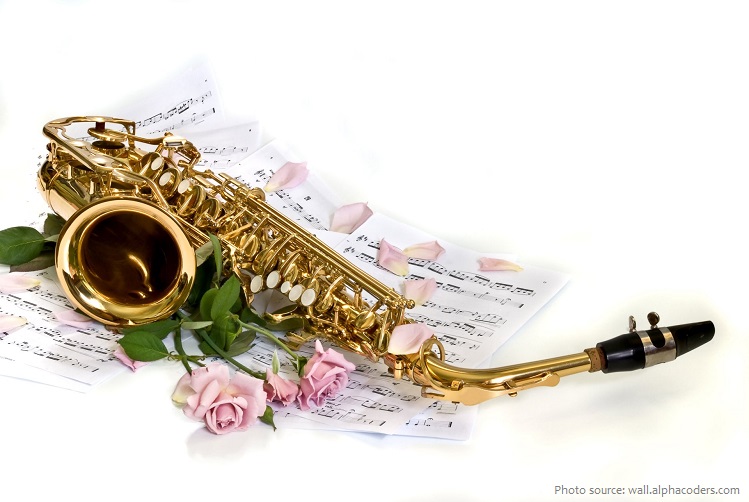
It is only a few instruments in wide use today known to be invented by a single individual. His name is Adolphe Sax: that is why it is called the saxophone.
Adolphe Sax was a Belgian-born instrument-maker, flautist, and clarinetist working in Paris. He constructed saxophones in several sizes by the early 1840s, but he did not receive a patent for the instrument until June, 28 1846. The instrument was first officially revealed to the public in the presentation of his bass saxophone in C at an exhibition in Brussels in 1841. Sax also gave private showings to Parisian musicians in the early 1840s. He drew up plans for 14 different types of saxophones, but they were not all realized.
In its early years, the saxophone quickly went into use by French army bands, Hart writes, but Sax himself spent much time in court defending his patent, which then expired in 1866. “Myriad modifications followed,” he writes, “improving ease of play.”
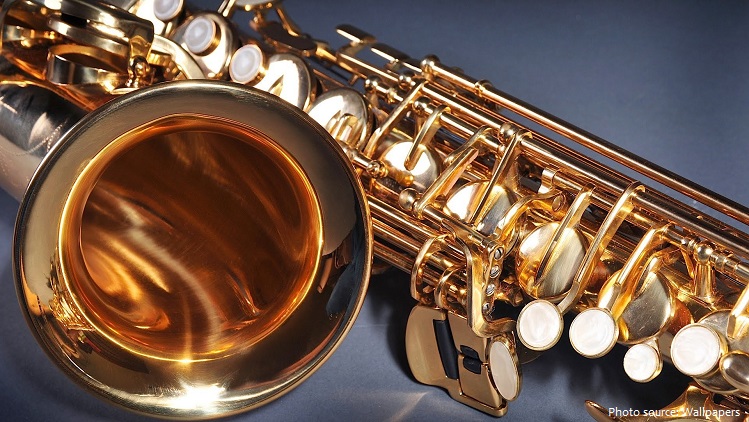
In 1888, the sax came to America when a man named Charles Gerrard from Elkhart, Indiana, began making brass saxophones for military bands.
The saxophone was a popular solo instrument in the United States about World War I and was subsequently adopted in dance bands, becoming one of the most important solo instruments in the development of swing and other forms of jazz.
While the saxophone remained marginal and regarded mainly as a novelty instrument in the classical music world, many new musical niches were established for it during the early decades of the 20th century.
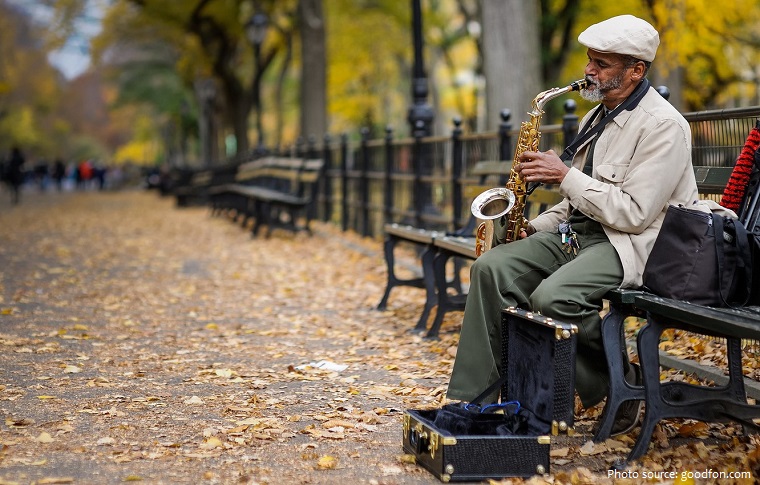
Saxophone players are called saxophonists.
Famous saxophone players were Marcel Mule (classical music), John Coltrane (jazz music), and Charlie Parker (jazz music).
The top saxophone brands are Yamaha, Amati, Jupiter, and Yanigasawa.
Beginner saxophones usually range in cost from $800 to $2,700. Intermediate, or step-up saxophones usually range in cost $2,000 to $3,000 and level pro saxophones (still largely played by advanced students) around $3,000 and up.

Inexpensive keyless folk versions of the saxophone made of bamboo (recalling a chalumeau) were developed in the 20th century by instrument makers in Hawaii, Jamaica, Thailand, Indonesia, Ethiopia, and Argentina.
The largest saxophone which can be played by one person has a tube length of 6.745 m (22 ft. 1.55 in), a bell diameter of 39.1 cm (1 ft. 3.39 in) and was created by J’Elle Stainer (Brazil) for Gilberto Lopes of Below65-4hz.com (Italy). The saxophone was measured in Cerveteri RM, Italy, on 3 August 2013.
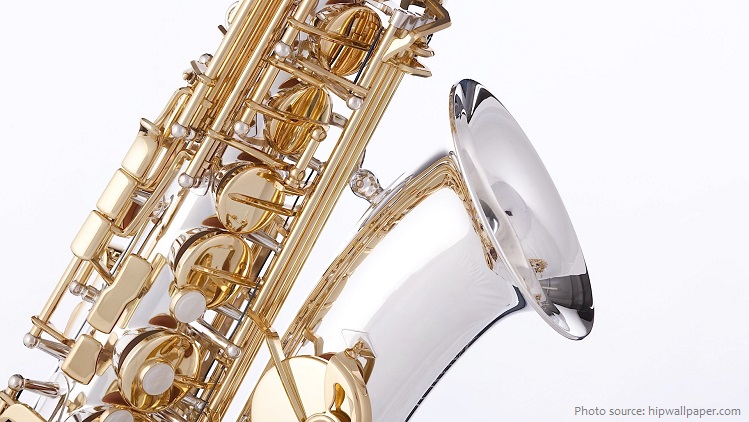
The largest saxophone ensemble is 1,875 participants was achieved by Henan Association for Symphonic Bands and Ensemble and Henan Cultural Communications Co., Ltd. (both China) with the help of Liu Peng Cheng and Cui Rong Han at Henan Art Center in Zhengzhou, Henan, China on 9 May 2015.
The largest human image of a musical instrument was formed by 1,660 people creating the shape of a saxophone in the Promenade du Paillon in Nice, France, on 21 June 2014. The record was attempted on France’s National Music Day and formed part of the launch celebrations for the 2014 Nice Jazz Festival, for which the saxophone is the logo. The length of the completed saxophone was 56 m (183 ft 8 in).